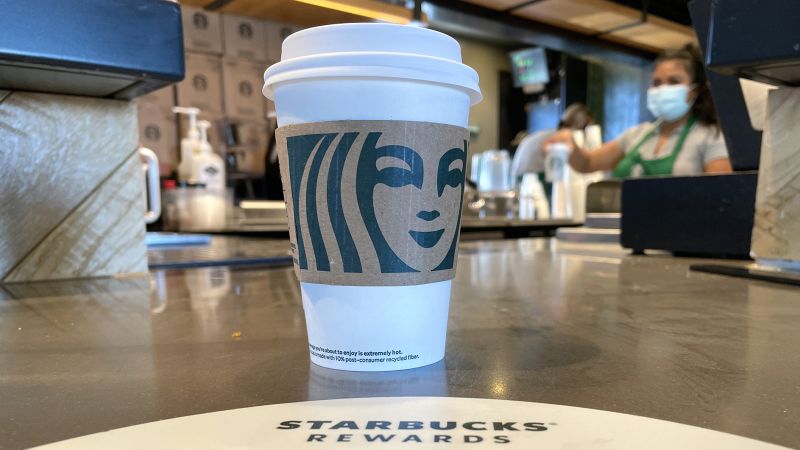Consumers are starting to reach their breaking point with the high prices of $6 iced coffees and lemonades at Starbucks, as demonstrated by a 3% drop in global sales at stores open for at least a year. In the North American market, sales fell by 2% and transactions at North American stores open for at least a year dropped by 6% in the quarter. These declines come despite the increase in prices, marking Starbucks’ second-straight quarter of sales declines.
The struggles faced by Starbucks reflect a larger trend of consumer fatigue with high prices at food chains, restaurants, and stores. McDonald’s also reported a 1% drop in sales at stores open for at least a year last quarter, indicating that consumers are showing their limits at popular chains. Despite these challenges, shares of Starbucks rose more than 2% in afterhours trading, suggesting some optimism from investors in the company’s ability to rebound from its recent sales declines.
As consumers continue to push back against high prices at popular chains like Starbucks and McDonald’s, the industry may need to rethink its pricing strategies in order to retain customers. The current trend of declining sales and transactions at these establishments highlights the need for a shift towards more affordable options for consumers. Companies in the food and beverage industry will need to adapt to changing consumer preferences in order to remain competitive in a market where price sensitivity is becoming increasingly important.
The decline in sales at Starbucks and other chains also reflects broader economic trends that may be impacting consumer behavior. As inflation rises and wages stagnate, consumers may be less willing to spend money on high-priced items like $6 drinks from Starbucks. This shift in consumer behavior poses a challenge for companies that have traditionally relied on premium pricing to drive profits, signaling a need for innovative solutions to attract and retain customers in an increasingly price-sensitive market.
While Starbucks and other chains navigate these challenges, investors are closely monitoring the company’s performance and response to changing consumer preferences. The rise in Starbucks’ shares in afterhours trading suggests that there may be optimism about the company’s ability to overcome its recent sales declines and regain consumer trust. However, the evolving nature of consumer sentiment and purchasing behavior will require ongoing attention from companies in the food and beverage industry in order to remain successful in a competitive market.
As this story continues to develop, it will be important to monitor how Starbucks and other chains respond to consumer feedback and adapt their pricing and product strategies accordingly. With consumer fatigue on the rise and sales declining at popular chains, companies will need to be proactive in addressing these challenges and finding ways to meet the changing needs of their customers. By staying attuned to consumer preferences and market trends, companies in the food and beverage industry can position themselves for long-term success in an evolving marketplace.


